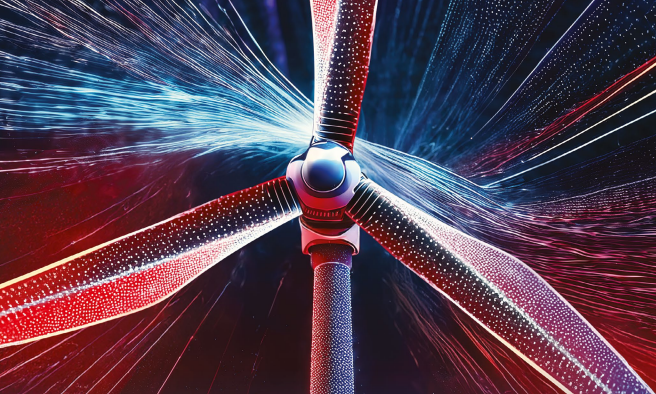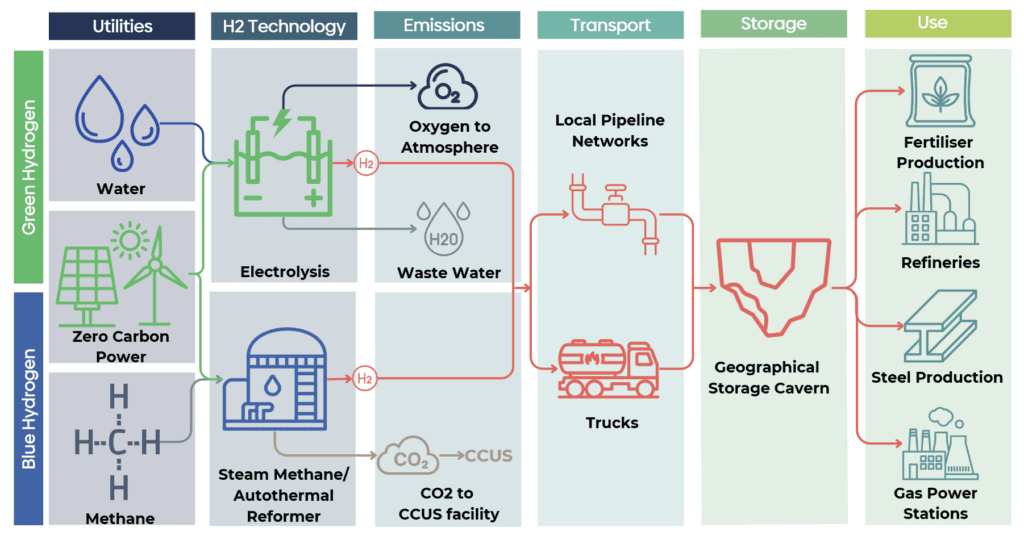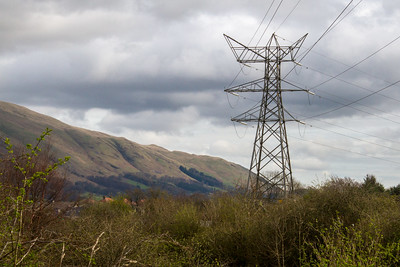Last week, Olwg’s COO Emmanuel S. Kirunda was honoured to speak at the Africa Energies Summit in London. The summit was organised by Frontier Energy Network and it brought together most of the energy players in the Africa: government regulatory bodies, NOCs, IOCs, Energy companies, Financiers and Investors, and some uninvited guests (the Extinction Rebellion activists).
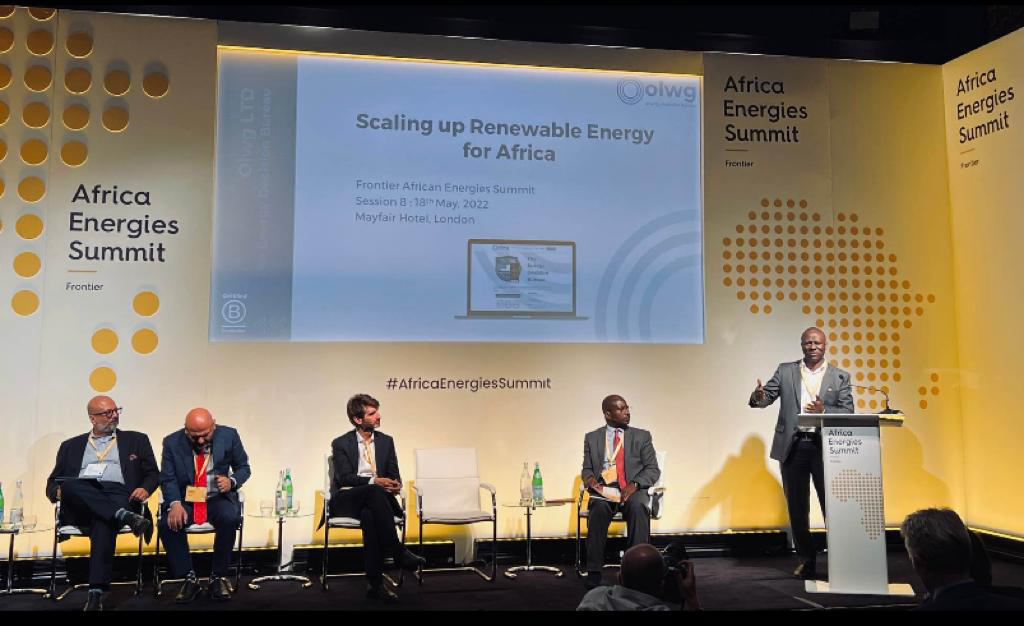
Emmanuel’s session was a panel setting on which he was joined by IFC’s Chief Investment Officer Ignacio De Calonje, Chariot’s CEO Adonis Pouroulis, AfiDA’ CEO Vivek Mittal and Alliance for Rural Electrification CEO David Lecoque to discuss “what investments, infrastructure and cooperation are required to ensure Africa leapfrogs the West in providing clean energy to millions”. The energic and inquisitive Mr. Tony Moyo moderated the session. Emmanuel’s submission centred around the reality that since Africa represents only 2% of global energy capacity and hence contributes roughly 2% of all global emissions, yet the continent is about 17% of global population, the main energy challenge for many African countries is to have any kind of energy, not necessarily renewables. That notwithstanding, many African countries are actively involved in exploring avenues to introduce renewables in their energy mix. For example, Namibia has started an ambitious Green Hydrogen initiative that has global implications.
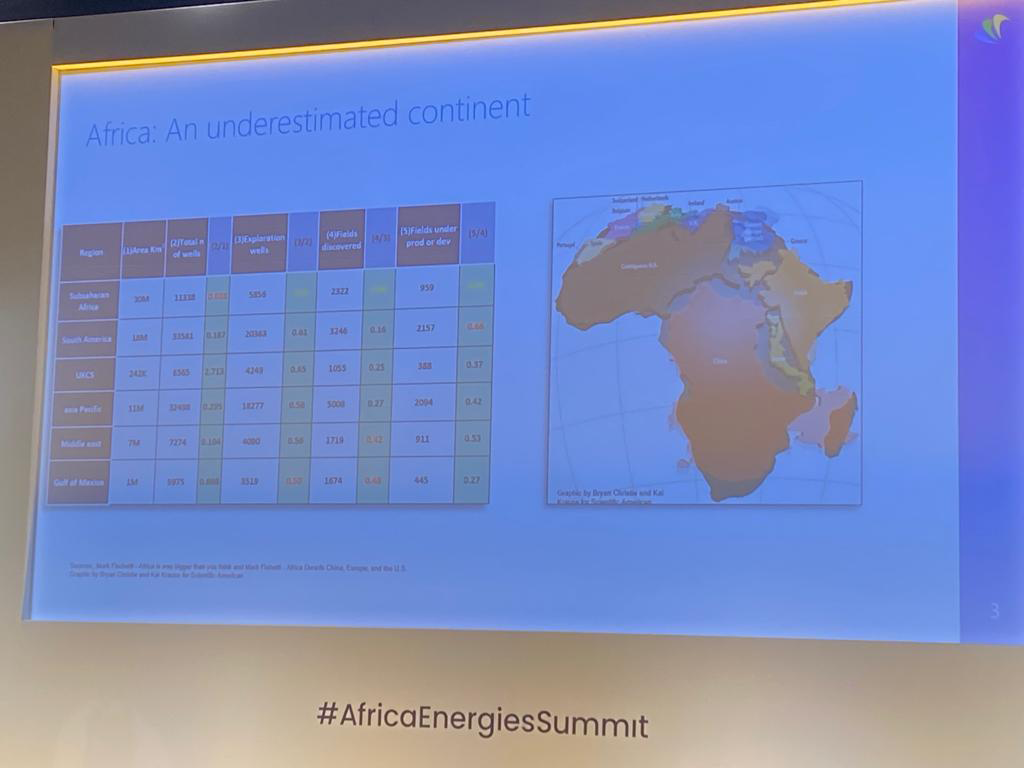
Other talking points were:
1) the fact that different African countries have different energy mixes e.g. Algeria is a 99.8% fossil fuel economy, while Uganda is 92% renewables thanks to its hydro power abundance. This means that scaling up renewables in such diverse energy mixes, will entail totally different priorities by the respective countries.
2) African energy demand is of a dispersed nature. Due to the continent’s low economic development, even if the population is blooming, that population is spread out in villages and non-urban centres. This means any renewable project will struggle to have concentrated demand the way the developed countries do.
3) Scaling up renewables has to be opportunistic. For example, for a country like Kenya whose electricity production capacity is a mere 3GW yet its Geothermal potential is almost 10GW, necessitates that the type of renewables in the country should naturally be from the available natural resource, as opposed to trying to introduce technologies that would depend on scarce recourses.
4) There is a complexity encapsulated in the intersection of low development and some renewable energy technologies which leads to some areas that need renewables not having the right skills to manage the operations.
To work through all the above complexities will necessitate genuine collaboration between national governments, local communities, energy companies, and international organisations such as funders or activities. However, the collaboration should be underpinned by the above-mentioned realities, so that biased renewable energy initiatives are avoided.
All in all, the business of scaling up renewable energy in Africa is not only a matter for Africans, given that most energy companies operating in the continent are foreign. In fact, as the Extinction Rebellion folks who protested outside the Summit venue would inform us, even divergent views will have to be addressed in the delicate balance of trying to scale up renewables in Africa.


